
LIEVITO - 美食披萨和酒吧|LIEVITO - Gourmet Pizza and Bar / MDDM STUDIO. Image © Jonathan Leijonhufvud
抛光混凝土:其制作方式,以及使用时的考虑事项
Polished Concrete: How It Is Made and What to Consider When Using It in Your Projects
由专筑网缕夕,李韧编译
抛光混凝土是一种多用途材料,其外观可以轻松定制,使用不同配比的骨料,通过质感和色彩在住宅和商业建筑中营造工业般的精致感。抛光混凝土的反光表面在光线下形成令人回味的质感,适用于各种空间。
虽然这种材质主要用于室内地板,但建筑师多年来一直在尝试突破抛光混凝土的极限,将其用于特色墙体、庭院地面以及大型外墙板,典型案例有David Chipperfield设计的圣路易斯艺术博物馆的扩建项目。
抛光混凝土可以用各种方法制造,最便宜的方法有“研磨和密封”,稍贵的有“珩磨混凝土”,它通过穿透密封剂来形成反射表面。机械抛光混凝土常常运用于商业项目中,因为它在极大的人流量下能够保持耐久性。它通过致密化多孔混凝土的化学硬化剂混合制成,然后将其研磨至所需的光泽效果。抛光混凝土的制造过程需要使用一系列逐渐精细的工具(类似于打磨木材),混凝土可磨至800、1500或3000等不同的砂砾水平。另一个考虑因素是混凝土的“裸露水平”,也就是说,原始表面被磨去的量,从而暴露部分内部材料。
抛光混凝土的主要特点之一是易于维护。其光滑坚硬的表面易于清洁,并且耐用且不易损坏。尽管混凝土可能受潮,或由于建筑物沉降而破裂,但通过后期的简单修补就可以掩饰这些裂缝。
抛光混凝土非常通用,由于混凝土本身适用性广,并且通过混合不同的聚合物而进行定制,它还可以模仿不同的材料,如石材和瓷砖,同时维护费用更低、材料更耐用。颜料通常在放置面板之前混入混凝土中,但之后也可以通过涂料来进行上色,或者使用着色剂或防水涂料。混凝土的模板也可以在表面雕刻,形成人造瓷砖效果。
就可持续性而言,抛光混凝土是一种“绿色”材料,因为它可以直接使用现有的楼板。它还有很好的热舒适度,让空间冬暖夏凉。但是,与其他材料(如木材和钢材)相比,混凝土的碳足迹与其生产过程有关。成本方面,抛光混凝土的价格区间较大,这取决于加工精细程度。然而,较长的使用年限和低维护成本意味着它比抛光地板或优质地板砖更具成本优势。
以下是抛光混凝土的建筑使用典型例子:
Polished concrete is a versatile material that is easily customizable in its appearance, using stunning aggregates, quartz, and colors to create a sense of industrial sophistication in both homes and commercial buildings. Its reflective surface creates an evocative quality under light, which can be suitable for a variety of programs.
While still mainly used as a material for interior flooring, architects have been pushing the limits of polished concrete for years, using it for feature walls, patio floors and even large exterior panels such as in David Chipperfield’s extension to the Saint Louis Art Museum.
Polished concrete can be created in a variety of ways, from the least expensive "grind and seal" method to honed concrete, which uses a penetrating sealer to create a reflective surface. Mechanically polished concrete is the type usually used in commercial projects, as it is long-lasting and more durable under heavy foot traffic. It is created by applying a chemical hardener that densifies the porous concrete, and then grinding it to the desired gloss and smoothness. Using a series of progressively fine tools (similar to the process of sanding wood), the concrete can be ground to 800, 1500 or 3000 grit level. Another consideration is the concrete's "exposure level"—that is, the amount of the original surface which is ground away and thus how much of the aggregate material is exposed.
One of the main selling points of polished concrete is how easy it is to maintain. Its smooth, hard surface makes it easy to clean, as well as durable and hard to damage. Although concrete can be prone to cracking through moisture and the building settling, patching materials can disguise these cracks.
Polished concrete is also very versatile, and is customizable thanks to the option to use a variety of finishes, and different aggregates and cement colors in the concrete itself. It can be created to mimic different materials, such as stone and ceramic tiles while being lower-maintenance and more durable. Colors are usually mixed into the concrete before the slab is placed, but can also be applied with dye, stain, or waterproof paint afterward. Patterns can also be carved into the surface while the concrete is setting in order to create a faux tile effect.
In terms of sustainability, polished concrete can be seen as a “green” material as it makes use of the existing floor slab without the use of any extra material. It also works as an effective thermal mass, retaining heat in summer and keeping cool in winter. However, concrete has a higher carbon footprint associated with its production compared to other materials such as timber and steel. Cost-wise, polished concrete has a broad price range depending on the refinement of the finish. However, its long life and low-maintenance means that it is more cost-effective than polished floorboards or quality floor tiling.
Below are some examples of how it can be effectively used in architectural projects:
苹果商店|The Apple Store / pH+
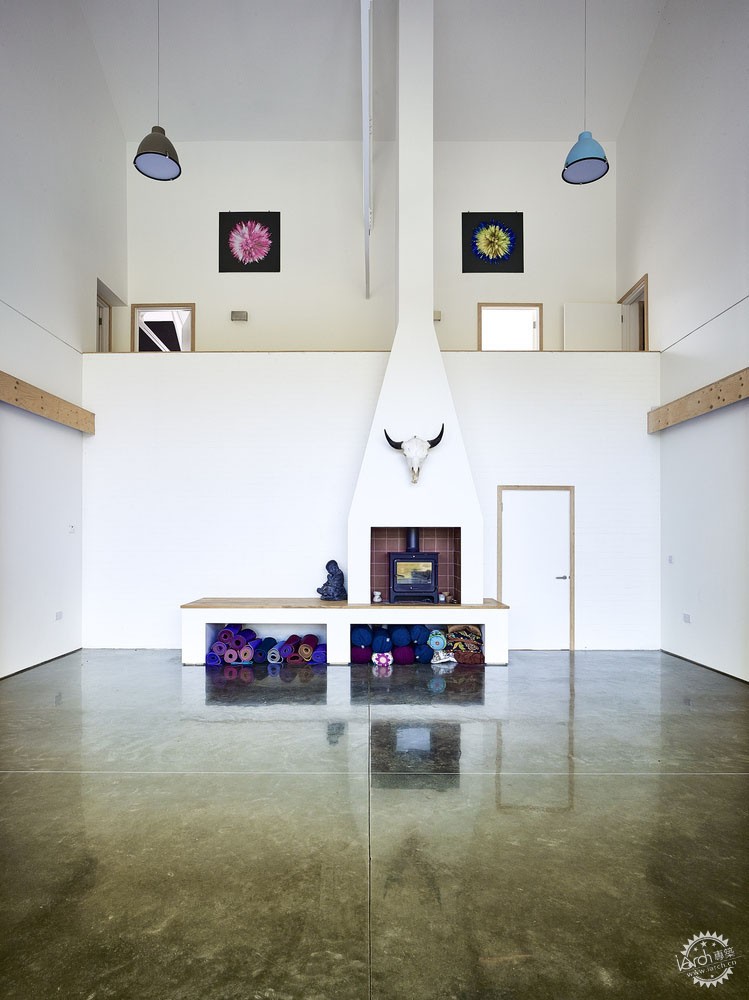
Image © Tim Soar
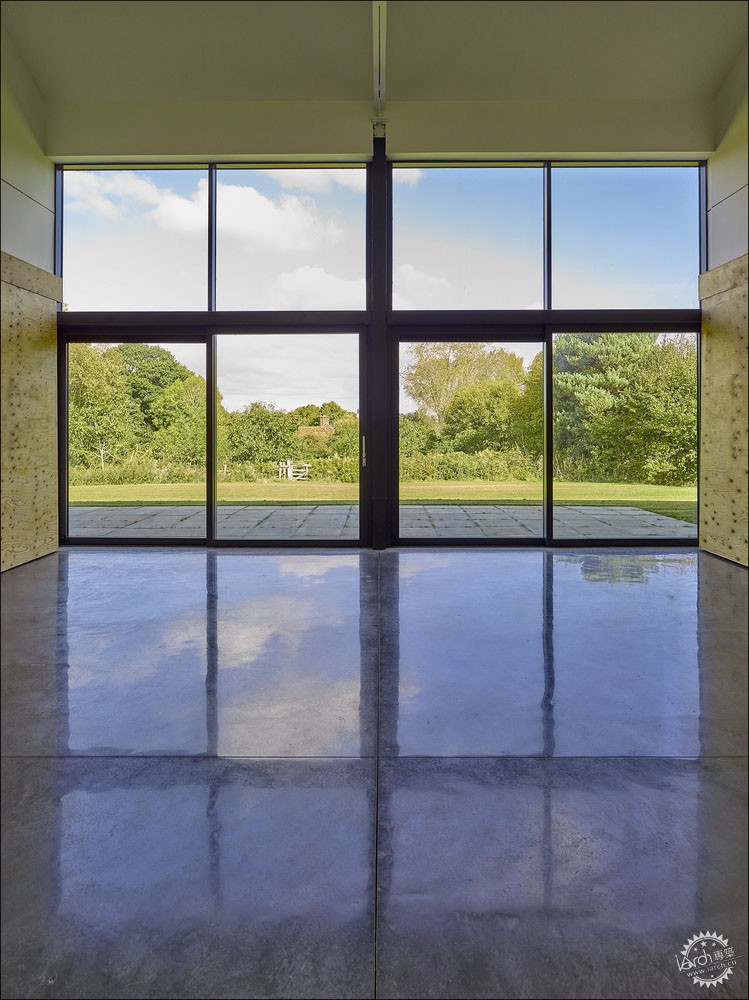
Image © Tim Soar
混凝土0023|Concrete 0023 / studio eight twentythree
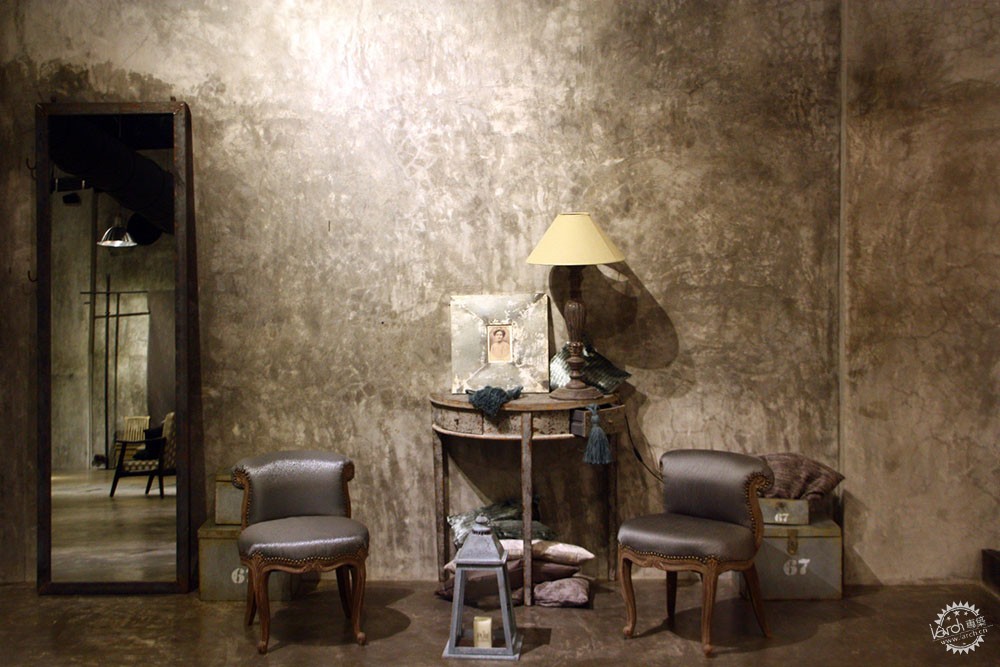
Image Courtesy of studio eight twentythree
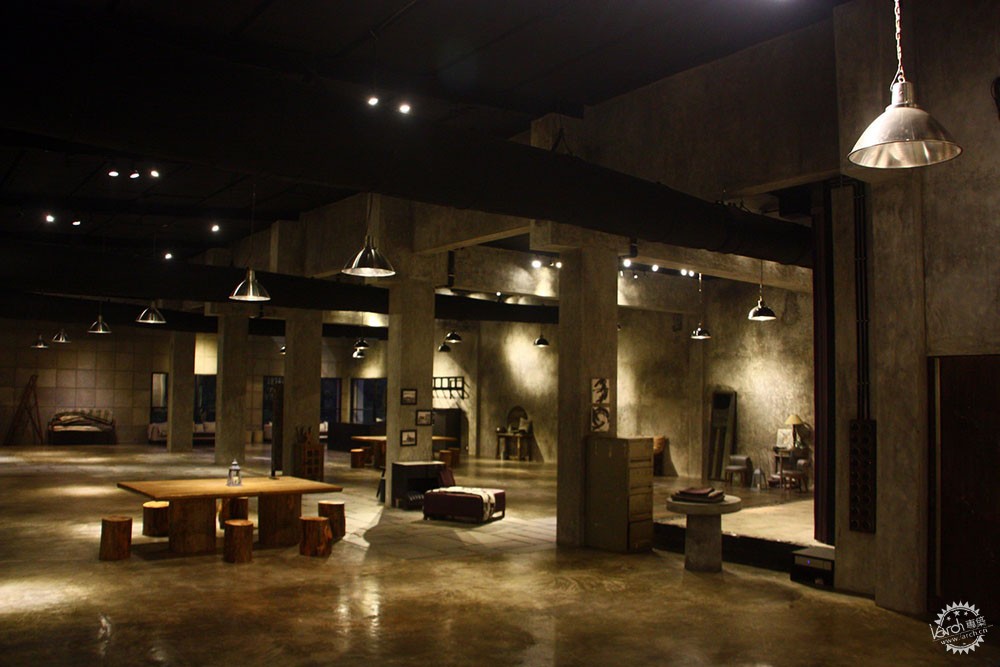
Image Courtesy of studio eight twentythree
狼屋|The Wolf House / Wolf Architects
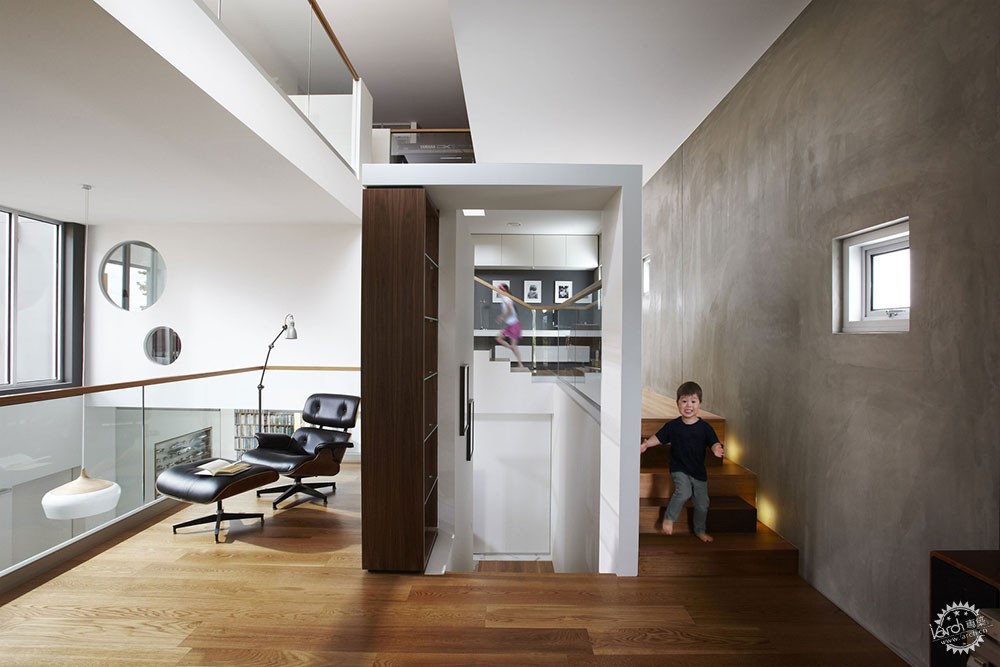
Image © Dave Keluza
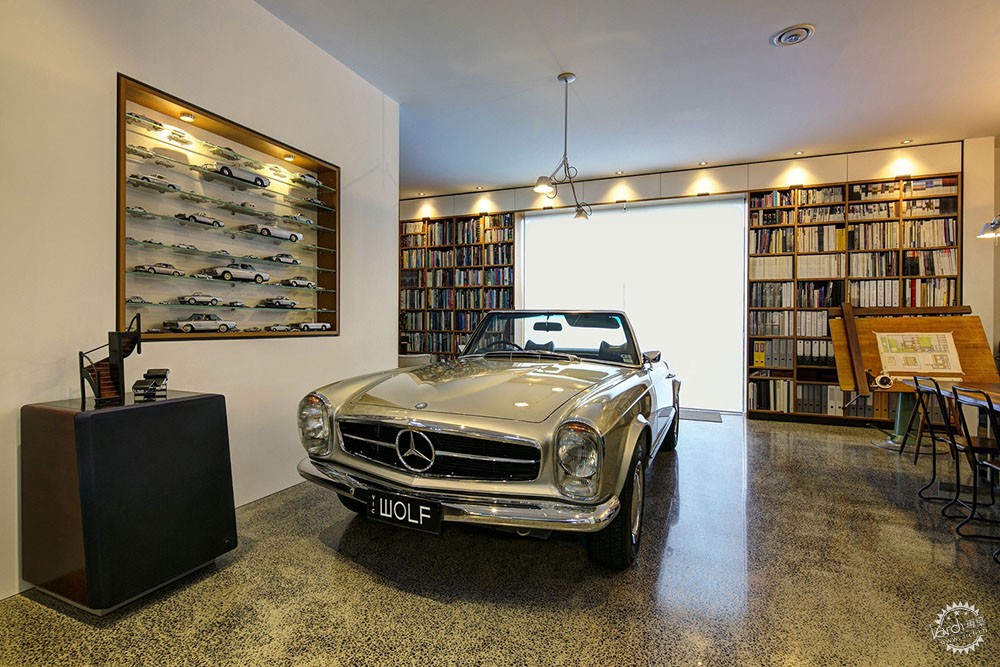
Image © Dave Keluza
LIEVITO - 美食披萨和酒吧|LIEVITO - Gourmet Pizza and Bar / MDDM STUDIO
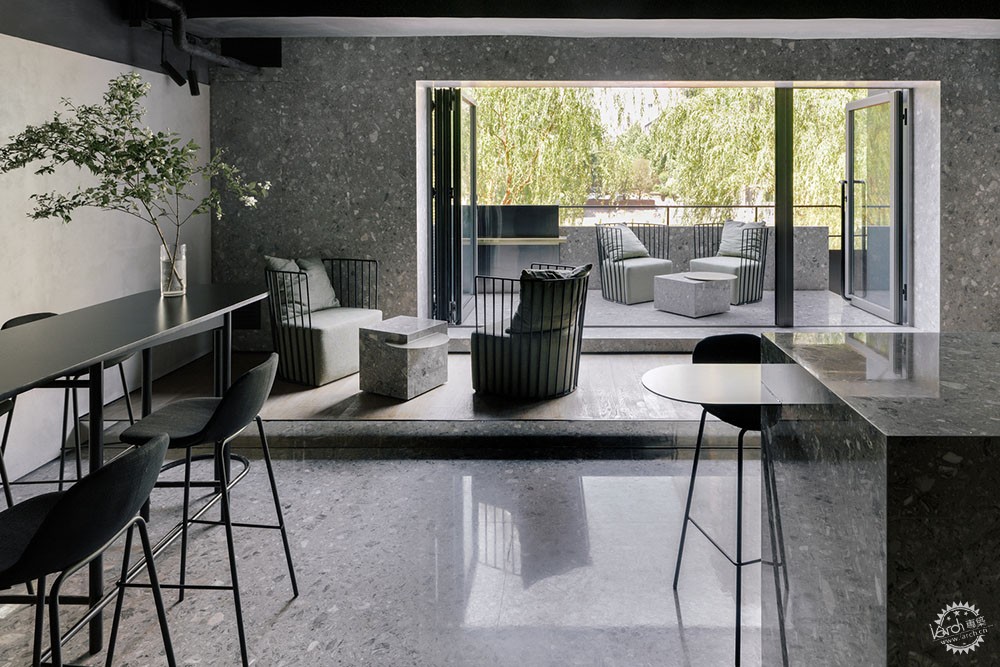
Image © Jonathan Leijonhufvud
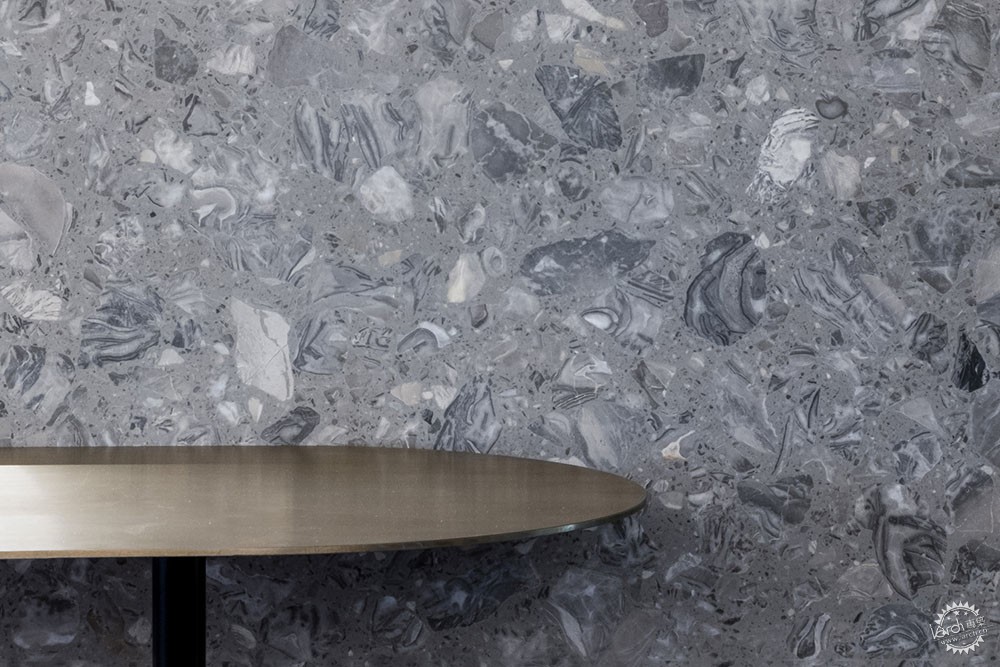
Image © Jonathan Leijonhufvud
砖房|Brick House / Clare Cousins Architects
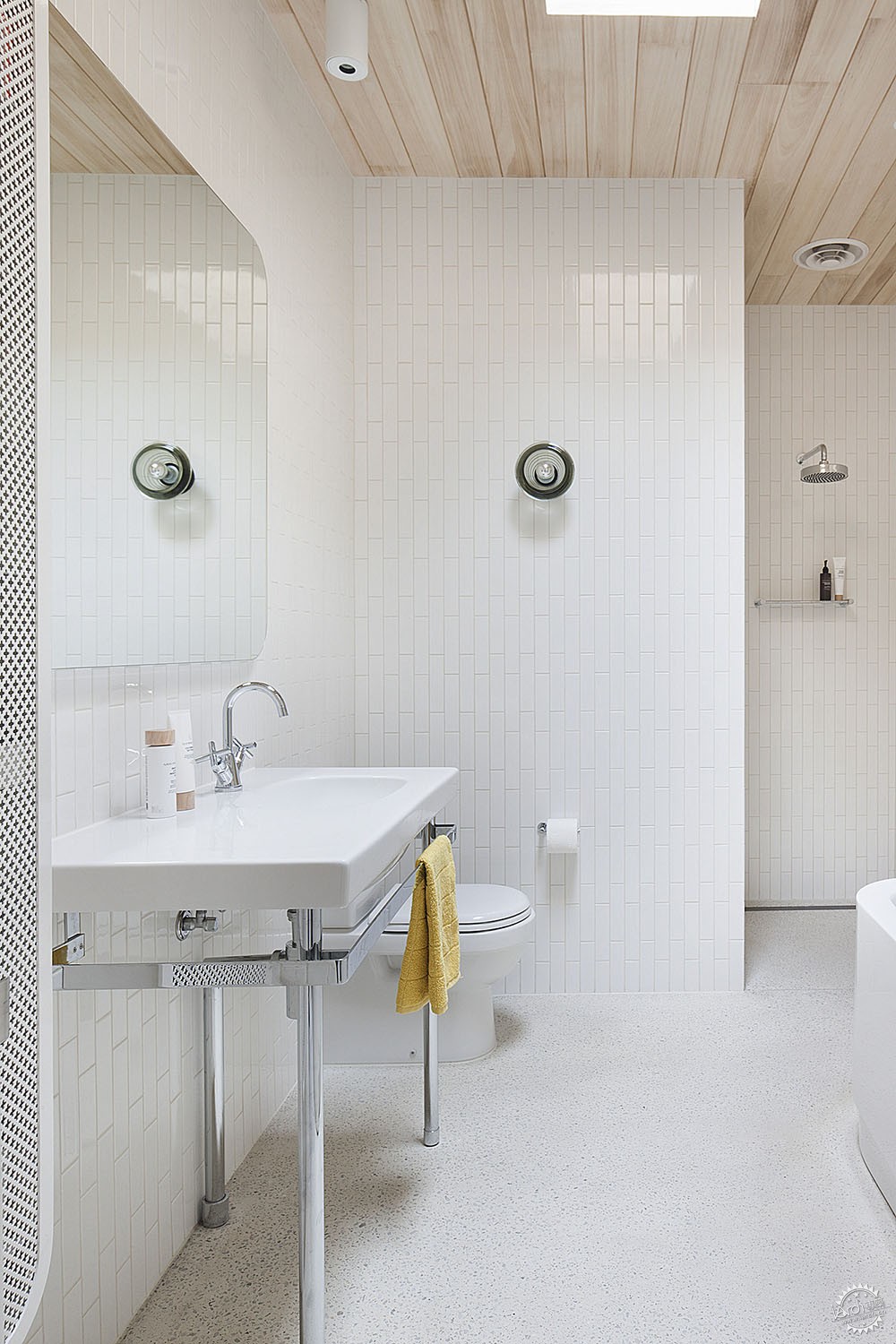
Image © Shannon McGrath
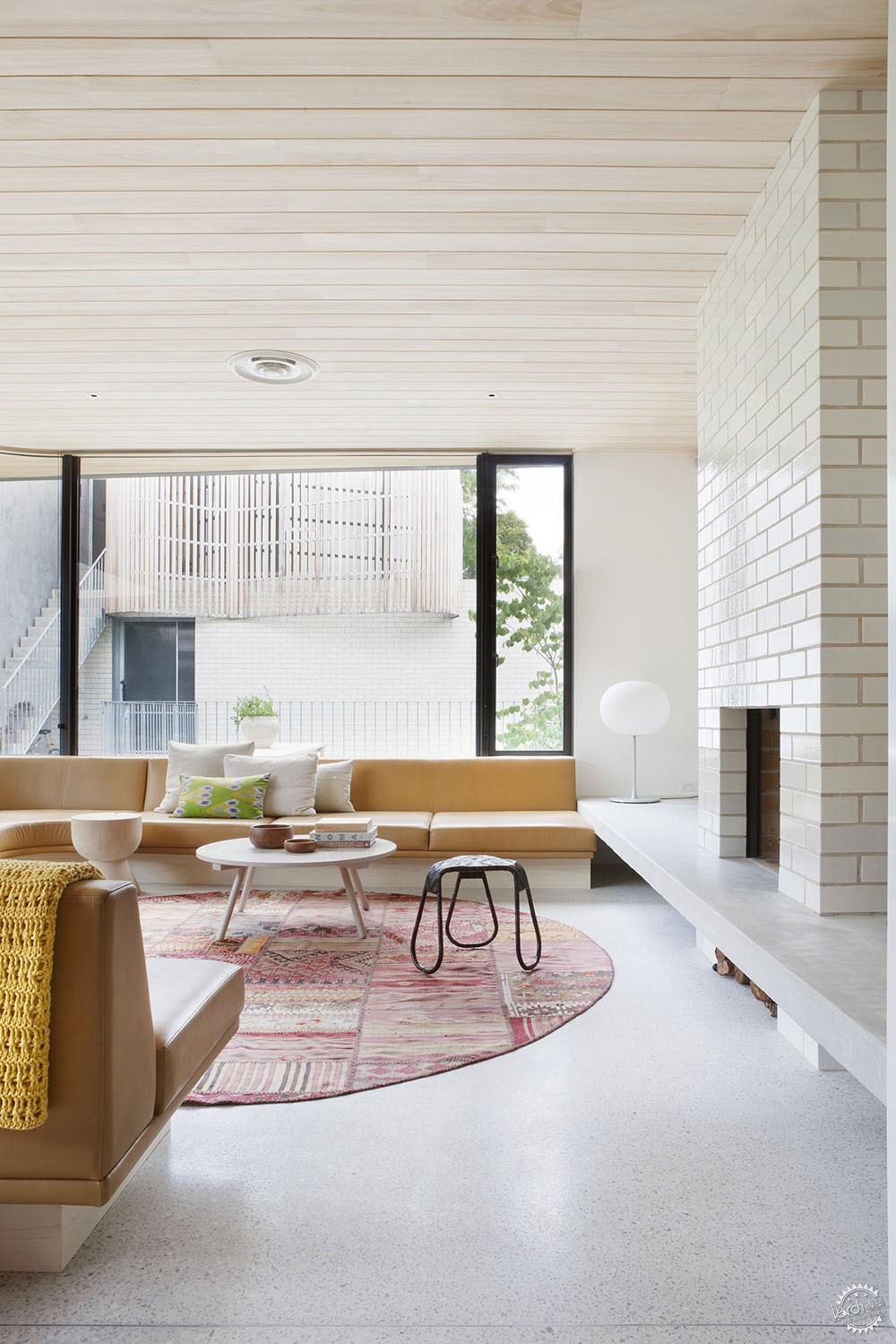
Image © Shannon McGrath
城市洞穴|Urban Man Cave / Inhouse Brand Architects
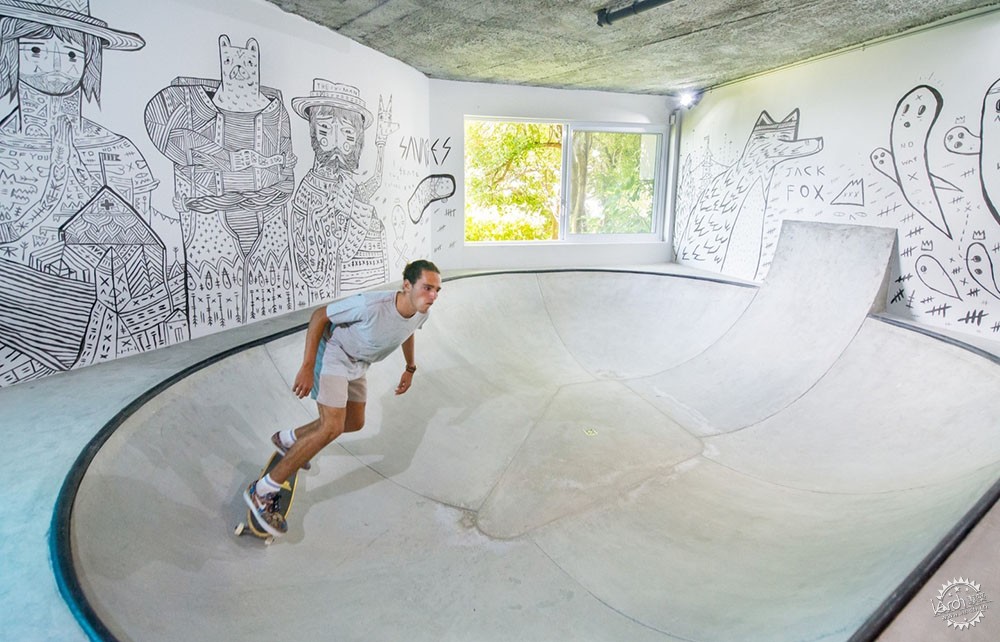
Image © Riaan West
克里斯塔利亚新总部|Kristalia New Headquarters / Sandro Burigana
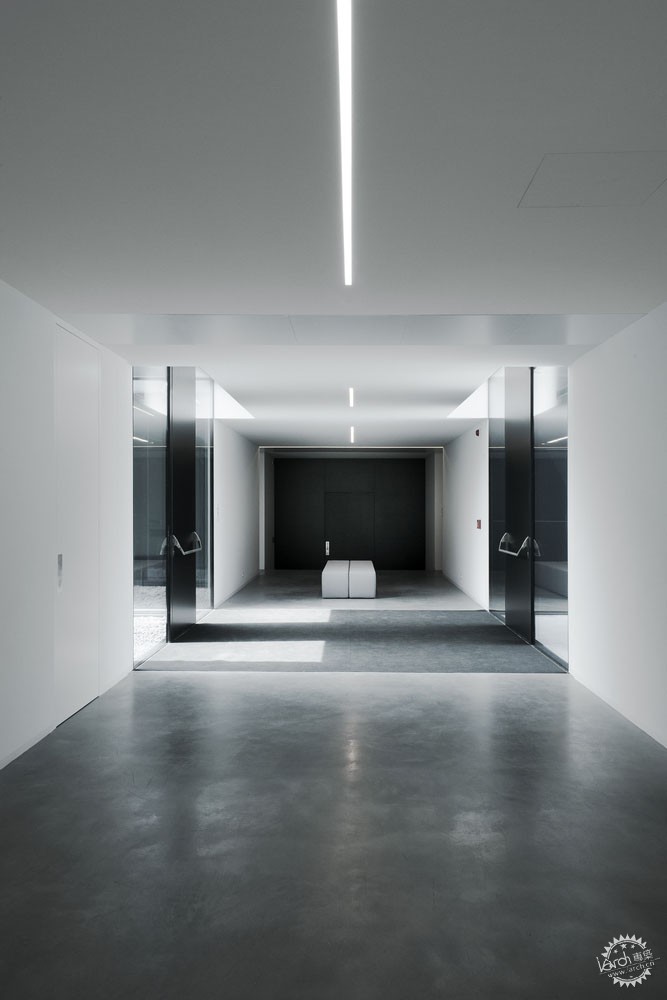
Image © Paolo Contratti - Contratticompany Srl
|
|
专于设计,筑就未来
无论您身在何方;无论您作品规模大小;无论您是否已在设计等相关领域小有名气;无论您是否已成功求学、步入职业设计师队伍;只要你有想法、有创意、有能力,专筑网都愿为您提供一个展示自己的舞台
投稿邮箱:submit@iarch.cn 如何向专筑投稿?
